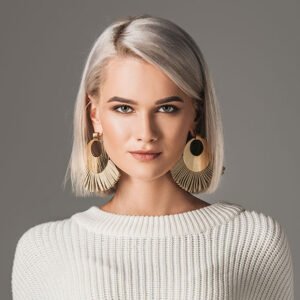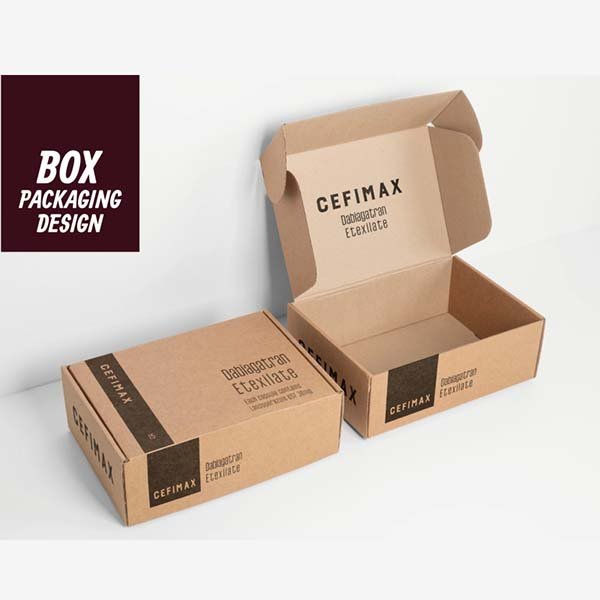
Small businesses can unlock growth by investing in custom packaging for small business. Custom packaging shapes first impressions and builds strong brand recognition. A well-designed package protects products and delights customers, setting a business apart in crowded markets. Recent data shows that 52% of consumers make repeat purchases when they receive premium packaging, and up to 30% more sales occur in stores with eye-catching designs. Many small businesses now use creative packaging for small business to connect emotionally with buyers and inspire loyalty.
Statistic Description | Numerical Value / Percentage |
|---|---|
Increase in in-store sales due to well-designed packaging | Up to 30% |
Consumers making repeat purchases with premium packaging | 52% |
Consumers who would recommend products with gift-like packaging | 50% |
Consumers who would share packaging images on social media | 40% |
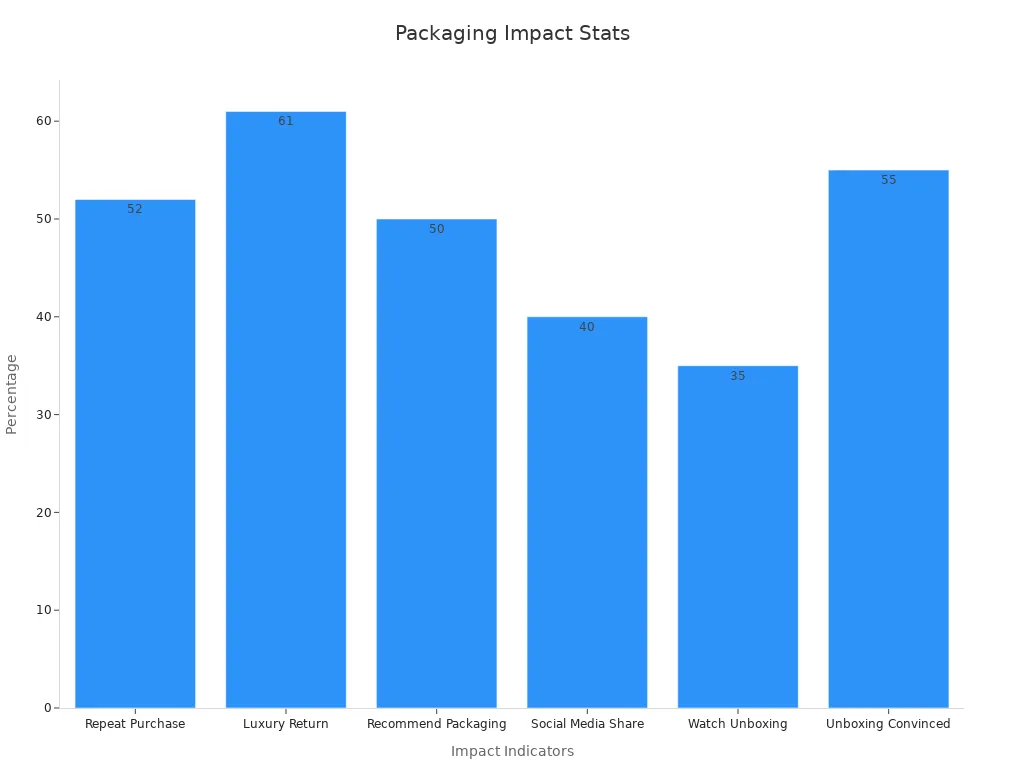
Custom packaging for small businesses remains accessible, with digital tools and eco-friendly materials making it easier than ever for any small business to stand out.
Key Takeaways
Custom packaging boosts brand recognition and creates memorable first impressions that attract and retain customers.
Well-designed packaging protects products during shipping, reducing damage and saving costs.
Unique packaging enhances the customer experience, encouraging repeat purchases and social sharing.
Small businesses should assess product needs, define brand identity, choose suitable packaging types and materials, and work with reliable suppliers.
Eco-friendly and minimal packaging options save money, appeal to customers, and support sustainability goals.
Why Custom Packaging for Small Business
Branding Impact
Custom packaging for small business plays a vital role in building brand recognition. Unique design elements, colors, and logos help products stand out on shelves and online. When a small business invests in custom packaging, it creates a memorable first impression and communicates its brand identity clearly. Studies show that 72% of American shoppers make product decisions based on packaging, and 67% consider packaging materials when buying. The unboxing experience, made special by custom packaging, delights customers and strengthens emotional connections. Brands like Apple and Tiffany & Co. have shown how packaging can support premium positioning and long-term growth. For small businesses with limited marketing budgets, custom packaging offers a cost-effective way to boost visibility and customer engagement.
Product Protection
Custom packaging does more than look good; it protects products during shipping and handling. Effective packaging reduces the risk of damage, which saves money and keeps customers happy. Research from Michigan State University shows that machine learning models can predict packaging damage with high accuracy, helping businesses design better solutions. Companies use real shipment data to refine packaging and minimize damage. For example, green packaging has helped reduce shipment damage rates from 12% to 1% at Dell Inc. Lightweight, recyclable, and biodegradable materials not only protect products but also improve business performance and competitiveness.
Tip: Investing in the right packaging materials can lower costs and increase customer satisfaction.
Customer Experience
The unboxing experience has become a key part of customer satisfaction. Custom packaging shapes first impressions and sets the tone for the entire experience. Statistics reveal that 72% of consumers say packaging design influences their buying choices, and 63% repurchase products because of packaging design. Brands that focus on customer experience see up to a 20% increase in sales. The popularity of unboxing videos, with over 1.1 billion views on YouTube, highlights how much customers value unique packaging. Engaging packaging encourages repeat purchases, increases order value, and drives loyalty.
Statistic | Description |
|---|---|
Consumers are more likely to purchase when brands offer personalized experiences | |
72% | Consumers say packaging design influences their buying choices |
63% | Customers choose to repurchase a product because of its packaging design |
20% | Increase in sales for brands focusing on customer experience |
35% | Customers watch unboxing videos online |
40% | Customers share photos of unique packaging on social media |
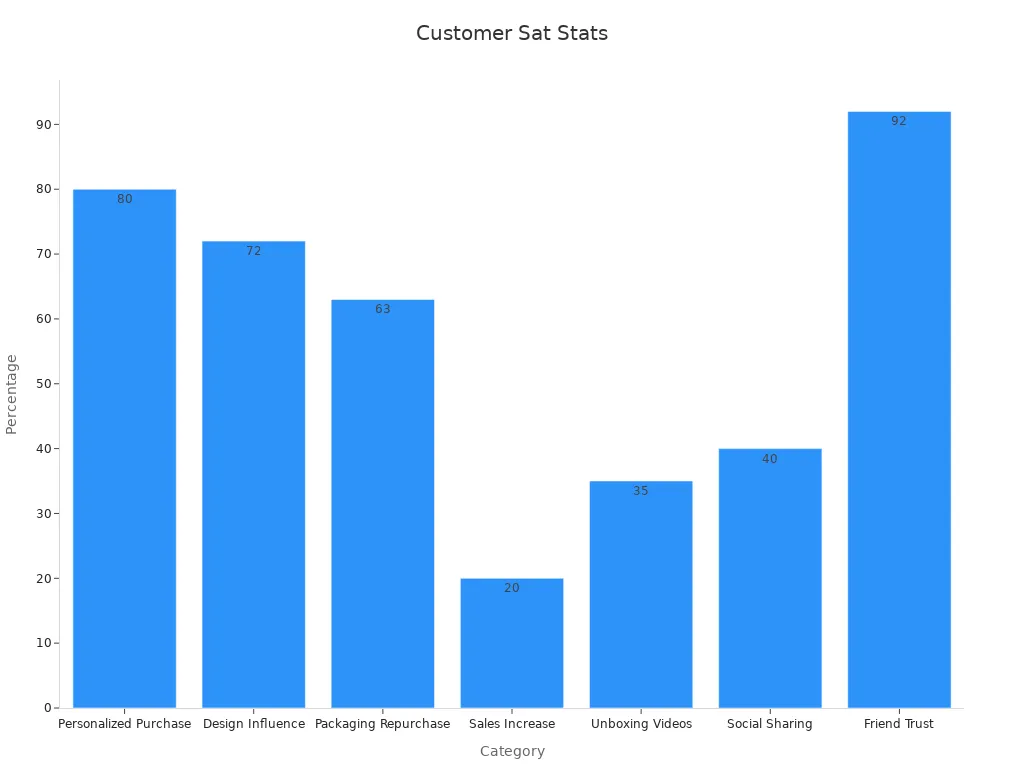
Steps to Create Custom Packaging
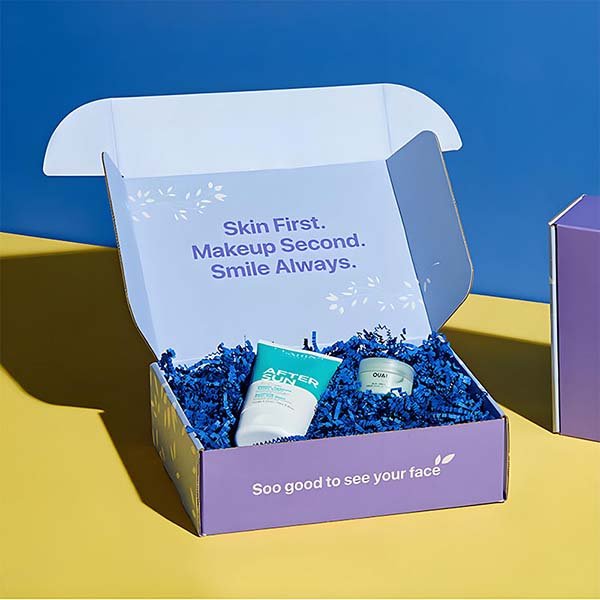
Assess Product Needs
Every successful custom packaging project begins with a careful assessment of product needs. Businesses should evaluate product size, weight, and fragility. Large or heavy products often increase shipping complexity and cost. Fragile items require extra protection to prevent damage and customer dissatisfaction. By understanding these factors, companies can select packaging that fits the product and ensures safe delivery. This step also helps identify any special requirements, such as temperature control or moisture resistance, which may influence the choice of custom boxes or other packaging solutions.
Tip: Conduct market research to understand customer expectations, industry trends, and regulatory requirements. This research helps identify gaps and opportunities for innovative packaging ideas.
Define Brand Identity
Brand identity shapes how customers perceive a business. Custom packaging offers a unique opportunity to reinforce this identity. Companies should define their brand’s colors, logo, and messaging before starting the custom packaging process. Consistent branding across all touchpoints, including custom boxes, builds recognition and trust. Businesses can look at successful case studies for inspiration. For example, GreenLeaf Organic Tea redesigned its packaging with vibrant colors and sustainable materials, resulting in a 35% sales increase and a 50% rise in social media engagement. Coca-Cola’s ‘Share a Coke’ campaign used personalized packaging to create emotional connections, while Apple’s minimalist custom boxes deliver a premium unboxing experience.
Industry research shows that 72% of consumers say packaging design influences their purchasing decisions. Packaging design can increase sales by up to 10%. Companies investing in packaging design often see a return on investment of three to four times their initial spend.
Choose Packaging Types
Selecting the right packaging type is crucial. Businesses should choose the right type of packaging based on product characteristics and customer preferences. Options include mailers, custom boxes, pouches, tubes, and eco-friendly alternatives. Each type offers different benefits. For example, mailers work well for lightweight, non-fragile items, while rigid custom boxes provide extra protection for delicate products. Companies should also consider how packaging ideas align with their brand and product needs.
Note: Testing prototypes or minimum viable products (MVPs) with real customers can provide valuable feedback on packaging effectiveness.
Select Materials
Material selection impacts both product protection and sustainability. Businesses can choose from cardboard, corrugated fiberboard, recycled paper, biodegradable plastics, and more. Sustainable materials not only reduce environmental impact but also appeal to eco-conscious consumers. The following table highlights the benefits of sustainable packaging choices:
Metric | Improvement |
|---|---|
Material usage reduction | 18% |
Carbon footprint reduction | 22% |
Production cost decrease | 15% |
Transportation efficiency gain | 12% |
Packaging material waste reduction | 40% |
Shipping cost reduction | 25% |
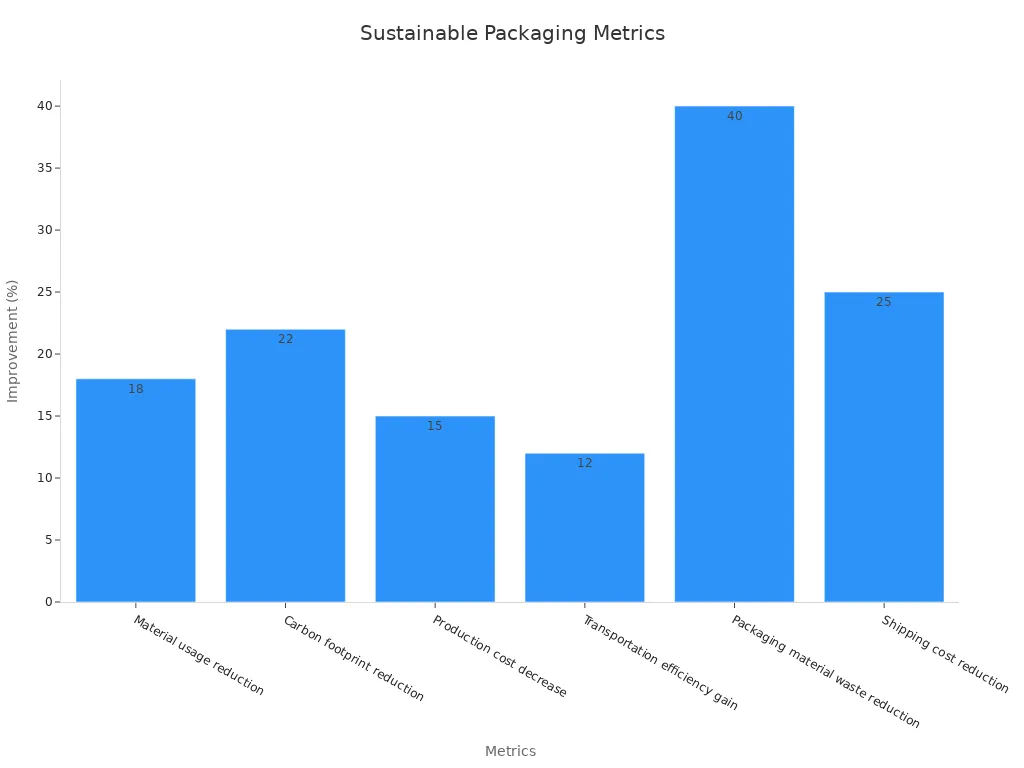
Sustainable corrugated packaging box can help small businesses lower costs and improve their environmental performance. In addition, 40% of consumers are more likely to make repeat purchases from online merchants using premium packaging, and 39% have shared images of unique branded packaging on social media.
Design Packaging
Packaging design brings a brand’s vision to life. Businesses should use their logo, brand colors, and graphics to create custom packaging that stands out. Online tools such as Canva, Packlane, and Sticker Mule make it easy to design and visualize custom boxes. Companies can experiment with different packaging ideas, such as minimalist designs, bold graphics, or interactive elements like QR codes. Glow, a beauty brand, used personalized smart packaging with QR codes and NFC chips to enhance customer engagement and retention.
Callout: Packaging ranks as the third most influential factor in impulse purchases, behind price and product quality. Effective packaging design can boost sales and brand loyalty.
Find Suppliers
Reliable suppliers play a key role in the custom packaging process. Businesses should evaluate suppliers based on quality, delivery performance, cost, responsiveness, and risk management. Important metrics include defect rates, return rates, on-time delivery, order accuracy, and compliance with product specifications. For example, Toyota’s zero-defect quality approach ensures consistent supplier output, while Samsung’s experience with supplier failures highlights the risks of poor quality control.
Quality Metrics: Defect rates, return rates, compliance with specifications
Delivery Performance: On-time delivery, order accuracy, lead time
Cost Metrics: Total cost of ownership, cost variance
Responsiveness: Communication effectiveness, response time, adaptability
Risk and Compliance: Supplier risk scores, incident frequency, regulatory compliance
Manufacturing ERP systems can help small businesses automate supplier performance monitoring and improve communication.
Order and Review
The final step in the steps to get custom packaging involves ordering samples and reviewing proofs before placing bulk orders. Many suppliers, such as CPP Boxes, provide sample custom boxes for approval. This process ensures the final product meets expectations. CPP Boxes, for example, has a perfect 5/5 rating and over 100 positive reviews on Trustpilot. Customers praise prompt communication, excellent quality, and fast delivery. The company offers a turnaround time of 7 to 9 business days, free shipping, and competitive pricing.
Request samples to check quality and fit.
Review proofs to confirm design accuracy.
Place a pilot order before committing to large quantities.
Use customer feedback and performance data to iterate and improve packaging solutions.
Tip: Leverage technology such as digital printing, 3D printing, and smart packaging to create custom packaging that is flexible and interactive.
By following these steps, small businesses can create custom packaging that protects products, enhances brand identity, and delights customers. The custom packaging process not only differentiates products but also drives growth and sustainability.
Cost-Saving and Eco-Friendly Packaging for Small Business
Budget Strategies
Small businesses can manage packaging expenses by adopting several budget-friendly custom packaging options. Packaging costs include materials, design, production, and shipping. Materials differ in price based on quality and sustainability, which affects the total cost. Investing in higher quality materials often reduces long-term expenses because these materials protect products better and enhance brand image. Ordering larger quantities allows businesses to benefit from economies of scale, lowering the per-unit price. Durable packaging also helps reduce damage and replacement costs. Companies should balance order size with storage and cash flow to avoid excess inventory. Optimizing shipping by standardizing package sizes and automating processes can further reduce labor and material costs. Partnering with suppliers for bulk discounts and negotiating design or printing fees also supports cost savings.
Tip: Enhancing the customer experience with custom packaging can increase sales and brand loyalty, making every dollar spent more valuable.
Sustainable Materials
Eco-friendly packaging boxes materials offer both environmental and business advantages. Many consumers now prefer products with recyclable or reusable packaging. After the pandemic, 58% of shoppers became more likely to buy products with sustainable packaging. Using materials like recycled paper, bamboo, or bioplastics reduces solid waste and carbon footprint. Cardboard remains a popular choice because it is lightweight, recyclable, and cost-effective. Metals such as aluminum and glass provide durable, recyclable options, though they may have handling or weight limitations. Recycled paper uses less water and energy than virgin pulp, lowering environmental impact. Small businesses that use eco-friendly packaging align with consumer values and can build trust and loyalty. Clear communication of sustainability benefits on packaging helps shoppers recognize these efforts.
Material | Benefits | Considerations |
|---|---|---|
Cardboard | Lightweight, recyclable, cost-effective | Less durable |
Bamboo/Bioplastics | Decompose quickly, eco-friendly | Higher upfront cost |
Aluminum | 100% recyclable, durable | Heavier, costlier |
Recycled Paper | Low water/energy use, recyclable | May lack premium feel |
Minimal Packaging
Minimal packaging techniques help small businesses save money and reduce environmental impact. Using less material lowers both packaging and shipping costs. Lightweight packaging and optimized packing sizes reduce empty space, which cuts transportation expenses. Minimalist designs also appeal to eco-conscious customers and improve brand image. Many companies, such as Patagonia and Unilever, have succeeded with minimal packaging by tracking waste reduction and performing regular packaging audits. Training staff on eco-friendly packing methods ensures effective adoption. Recyclable and biodegradable materials further decrease landfill waste and support compliance with environmental regulations. Paper and paperboard packaging lead the market due to their natural decomposition and established recycling infrastructure. Minimal packaging not only meets consumer expectations but also helps businesses stay competitive in a changing market.
Tips to Make Packaging Stand Out
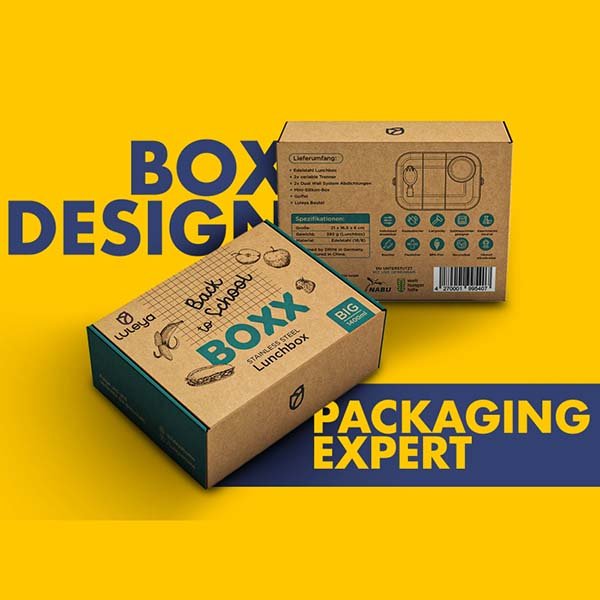
Personalization
Personalization transforms the unboxing experience into a memorable event. Brands now use interactive technologies like QR codes, augmented reality, and NFC features to create engaging packaging ideas. These innovations allow customers to connect with products in new ways. For example, a QR code on custom boxes can link to a thank-you video or a behind-the-scenes look at the brand. Handwritten notes, suspense elements, and unique designs add a personal touch that customers remember. Studies show that 74% of consumers are more likely to repurchase a product if they enjoyed the packaging. Color plays a major role, with 85% of shoppers saying color influences their buying decisions. Personalization techniques, such as using brand-aligned materials and graphics, help brands stand out and foster loyalty. The right custom packaging style can turn a simple delivery into an interactive experience.
Personalization Feature | Impact on Consumer Experience |
|---|---|
QR codes/AR/NFC | Enhances engagement |
Handwritten notes | Adds emotional value |
Unique designs | Increases repurchase rates |
Tip: Brands can use laser cutting or engraving to add intricate details and elevate the custom packaging style.
Consistent Branding
Consistent branding ensures that customers recognize products instantly. Brands like Coca-Cola and Nike have built long-term recognition by using the same colors, logos, and packaging ideas across all products. Consistency in custom packaging style supports consumer memory and reduces confusion in crowded markets. Industry studies reveal that consistent packaging increases the likelihood of purchase by 70% and can boost sales by 10%. Packaging serves as the first impression for many shoppers, so clear labeling and simple, unique designs help products stand out. Brands should avoid frequent changes to their identity elements, as this can reduce recognition and trust. Incorporating feedback from customers helps align perception with brand reality, strengthening loyalty.
Use the same logo, fonts, and colors on all custom boxes.
Choose materials and shapes that reflect the brand’s values.
Collect feedback through QR codes or surveys to refine packaging ideas.
Community Engagement
Community engagement strategies help brands build lasting relationships with customers. Packaging can include special instructions, local stories, or invitations to join loyalty programs. Many brands now reward customers for participating in community events or supporting local causes. For example, loyalty programs that offer rewards for charity work or local festival participation increase customer retention. Hosting appreciation events or partnering with schools for fundraising also strengthens community ties. Embedding QR codes or URLs on packaging allows brands to gather feedback and invite customers to share their unboxing experience on social media. These efforts lead to higher engagement, repeat purchases, and positive word-of-mouth. Brands that focus on community-centered packaging ideas see improved customer satisfaction and long-term loyalty.
Note: Including hashtags, contests, or collaborative rewards on packaging encourages customers to become brand advocates and share their unique designs online.
Custom packaging gives every small business a chance to stand out and grow. The process includes assessing product needs, defining brand identity, choosing packaging types, selecting materials, designing, finding suppliers, and reviewing orders. Benefits include stronger branding, better product protection, and improved customer experience. Many companies see higher customer retention and profit margins after investing in custom packaging.
Case Study Focus | Challenge | Solution | Result |
|---|---|---|---|
Enhancing Customer Lifetime Value | High customer churn and inconsistent revenue | Implemented CRM and personalized retention strategies | 27% increase in customer retention; 19% revenue growth from repeat business |
Improving Operational Efficiency | High production costs and inefficient inventory | Streamlined inventory and production workflows | 31% reduction in inventory costs; 24% increase in profit margins |
It helps express brand identity and attracts eco-conscious buyers.
Even small changes can make a big impact.
Start your custom packaging journey today and see how unique packaging can transform your business.
